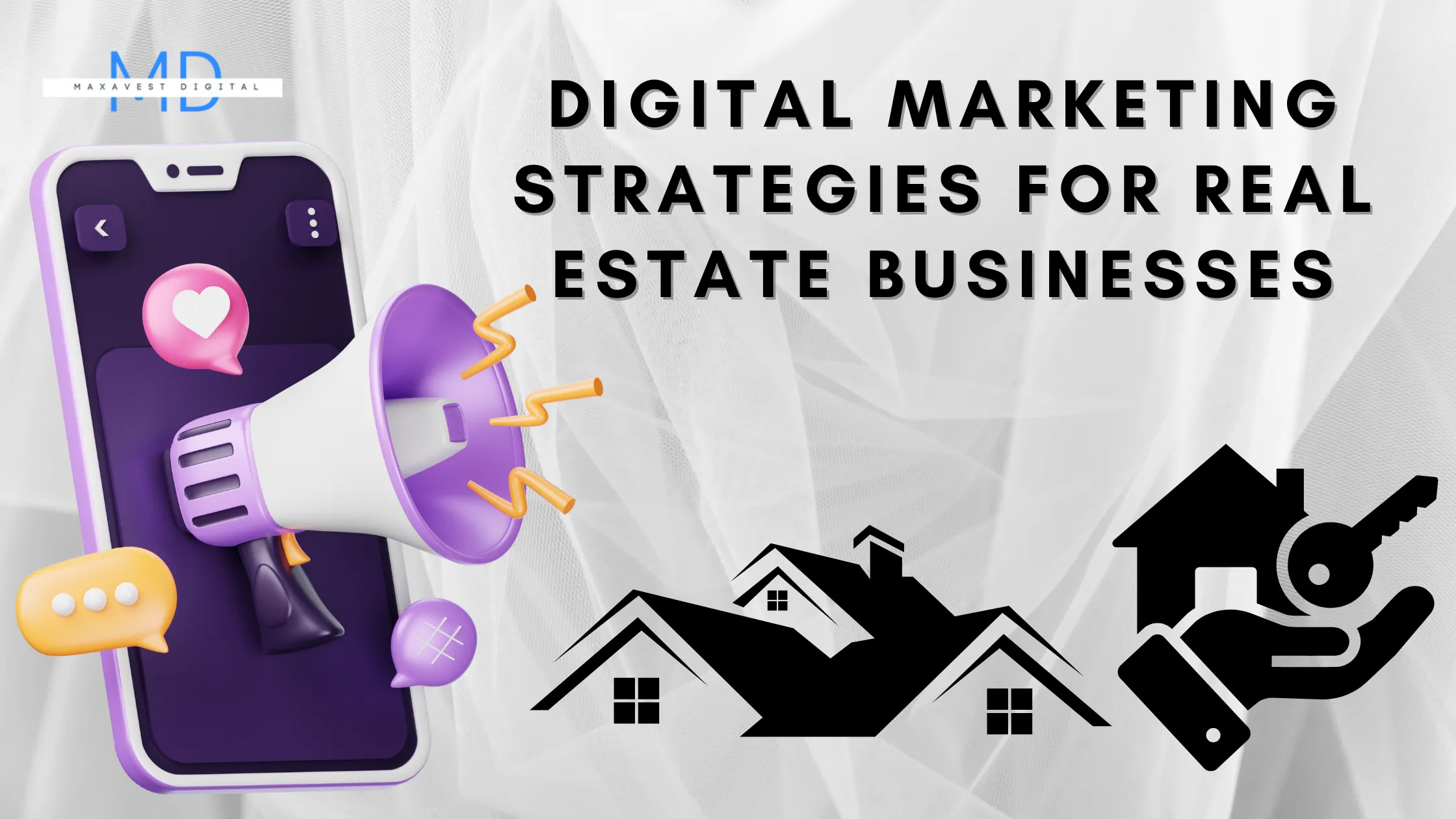How to Build a Content Calendar That Drives Traffic and Sales

Gbenga Akinyemi
Introduction: Why Your Business Needs a Content Calendar
In the ever-evolving world of digital marketing, a content calendar isn’t just a nice-to-have—it’s a necessity. Without a well-structured plan, content creation can become chaotic, inconsistent, and ultimately ineffective. For any business aiming to boost traffic and drive sales, a content calendar helps transform scattered efforts into a focused, strategic machine. It offers structure, ensuring that every piece of content aligns with your goals and lands at the right time for maximum impact. Think of it as your blueprint for success, guiding your content efforts with precision.
Understanding the Basics: What Is a Content Calendar?
A content calendar is essentially a roadmap for your content strategy. It’s a schedule that outlines what content you’ll create, when it will be published, and where it will be shared. But it’s more than just a timeline. A content calendar gives you a holistic view of your marketing plan, allowing you to strategically plan content around business goals, sales cycles, and seasonal trends. It keeps your team on the same page and ensures that your content is consistently engaging, valuable, and aligned with your audience’s needs.
Benefits of a Well-Structured Content Calendar for Your Business
Increasing Traffic with Consistent Publishing
Consistency is key when it comes to building an audience and driving traffic. A well-maintained content calendar ensures that you’re consistently publishing content, keeping your brand top of mind for your audience. Regular posting encourages repeat visits to your website and social platforms, while helping search engines recognize your site as a valuable resource, which can lead to better rankings.
Aligning Content with Sales Goals
A content calendar also allows you to align your content efforts directly with your sales goals. You can schedule blog posts, social media content, and email campaigns to coincide with key sales periods, product launches, or promotions. This ensures that your marketing efforts are strategically timed to generate maximum results, increasing both traffic and conversions.
Long-Form vs. Short-Form Content: Which is Better for SEO?
Choosing the Right Tools for Building Your Content Calendar
Free vs. Paid Content Calendar Tools
There’s a wide range of tools available for creating content calendars, from free solutions like Google Sheets and Trello to more robust paid options such as CoSchedule or Asana. Free tools are great for smaller teams or those just starting out, while paid tools often offer more advanced features like workflow automation, team collaboration, and analytics. The best tool for your business depends on your specific needs and the size of your team.
Features to Look for in a Content Calendar Tool
When choosing a tool, look for features that allow for easy collaboration, task delegation, and deadline tracking. Tools with drag-and-drop functionality make it easy to adjust your schedule on the fly, while integration with your social media platforms or CMS can streamline the publishing process. Analytics integration is also crucial for tracking the success of your content and making data-driven decisions.
Setting Clear Objectives: What Do You Want to Achieve with Your Content?
Defining KPIs: Measuring Traffic and Sales Growth
Before you dive into content creation, it’s important to set clear objectives. What are you hoping to achieve with your content? Whether it’s increasing website traffic, growing your social media following, or boosting sales, your content calendar should be designed to help you meet those goals. Define key performance indicators (KPIs) that will allow you to measure success, such as organic traffic growth, conversion rates, or social media engagement.
How to Align Content with Marketing Goals
Your content should always align with your larger marketing goals. If you’re launching a new product, for example, your content calendar should reflect that, with posts and articles focused on building anticipation and educating your audience. Similarly, if your goal is to increase brand awareness, you may want to schedule more content that tells your brand’s story and connects emotionally with your audience.
Mapping Out Your Content Pillars: The Foundation of Your Strategy
How to Identify Content Pillars that Attract Your Target Audience
Content pillars are the core themes or topics that your content will revolve around. To identify your content pillars, think about the key issues or challenges your target audience faces. What questions are they asking? What solutions are they seeking? These pillars should be broad enough to allow for varied content, but specific enough to keep your messaging focused.
Creating Evergreen and Timely Content for Maximum Impact
A strong content calendar includes a mix of evergreen and timely content. Evergreen content is relevant no matter when it’s read, while timely content ties into current events, trends, or seasons. By blending the two, you ensure that your content is always relevant—whether it’s educating your audience over time or tapping into the excitement of a moment.
How to Build a Content Calendar That Drives Traffic and Sales
Finding Content Ideas That Generate Engagement
How to Perform Keyword Research for Content Ideas
Keyword research is essential for uncovering the topics your audience is searching for. Use tools like Google Keyword Planner or Ubersuggest to find popular search terms related to your content pillars. These keywords will guide your content creation, ensuring that your posts are optimized for search engines and provide value to your audience.
Using Competitor Analysis to Identify Content Gaps
Competitor analysis can also reveal content gaps—topics your competitors haven’t covered or haven’t covered well. Look at the top-performing content in your industry and identify areas where you can provide more depth, a unique perspective, or a better solution.
Organizing Content Around Key Dates and Sales Cycles
Seasonal Promotions: How to Build Content Around High Sales Periods
Many businesses experience seasonal fluctuations in sales, and your content calendar should reflect that. Plan your content around peak sales periods, using it to drive excitement and urgency. For example, you can create a series of blog posts or social media updates leading up to Black Friday or the holiday season to prime your audience for special promotions.
Aligning Your Content Calendar with Product Launches and Events
Product launches and events are perfect opportunities for targeted content. Build anticipation by sharing sneak peeks, behind-the-scenes insights, or teaser videos in the weeks leading up to the launch. After the event, share recaps, customer testimonials, or user-generated content to keep the momentum going.
Creating a Posting Frequency That Drives Consistent Traffic
How Often Should You Publish? Finding the Right Balance
The ideal posting frequency varies by business and audience, but the goal is consistency. Whether you post twice a week or five times a day, your audience should know when to expect new content from you. Experiment with different frequencies and track performance to find the sweet spot for your audience.
Using Data to Determine Optimal Posting Times
Data can also help you determine when to post for maximum impact. Social media platforms, for example, often have built-in analytics that show when your audience is most active. Use this information to schedule posts at times when engagement is likely to be highest.
Creating a Mix of Content Types to Appeal to Different Audiences
Blog Posts, Videos, and Social Media: How to Diversify Your Content
Different types of content appeal to different segments of your audience. Some people prefer reading in-depth blog posts, while others might engage more with short, snappy videos or eye-catching infographics. By diversifying your content types, you can reach a wider audience and keep your content fresh.
How to Use User-Generated Content to Build Trust and Engagement
User-generated content (UGC) is a powerful way to build trust and foster engagement. Encourage your customers to share their experiences with your products or services and feature that content in your calendar. UGC not only lightens your content creation load but also serves as social proof, which can drive conversions.
Optimizing Your Content for SEO to Maximize Traffic
On-Page SEO Tactics for Blog Posts and Articles
On-page SEO is critical for driving organic traffic. Make sure your blog posts are optimized with target keywords in the title, meta description, headers, and body content. Include internal and external links to boost credibility and create a better user experience.
How to Use Internal Links and Content Clusters to Drive More Traffic
Internal linking is another SEO tactic that can drive more traffic and keep readers on your site longer. Content clusters, or groups of related content that link to a central pillar page, can boost your site’s authority on key topics and improve your search
rankings.
Content Marketing Trends: What Works in 2024
Repurposing Content to Extend Its Lifespan
Turning Blog Posts into Social Media Content and Vice Versa
Repurposing content allows you to get more mileage out of your best work. Turn a blog post into a series of social media updates, or expand a popular social media post into a full article. Repurposing not only saves time but also ensures that your content reaches different segments of your audience.
How to Refresh Old Content to Keep It Relevant
Updating old content with new information or perspectives is another great way to extend its lifespan. Refreshing older posts keeps them relevant for search engines and your audience, while boosting their chances of ranking for new keywords.
Tracking and Analyzing the Performance of Your Content
What Metrics to Track for Traffic and Sales Growth
Track metrics that align with your goals, whether that’s website traffic, time on page, social shares, or conversions. These data points will help you understand which types of content are most effective at driving traffic and sales.
How to Use Analytics to Optimize Future Content
Use analytics tools like Google Analytics or SEMrush to dive deeper into your content’s performance. Identify trends, such as which topics or formats drive the most engagement, and use this data to inform future content creation.
Building a Collaboration System for Team Efficiency
How to Get Writers, Designers, and Marketers on the Same Page
A successful content calendar requires collaboration between multiple teams. Writers, designers, marketers, and editors all need to be aligned. Use collaborative tools like Asana or Monday.com to ensure everyone knows their role and deadlines.
Tools for Collaborative Content Calendar Management
Look for tools that facilitate real-time collaboration, such as Slack for communication or Google Drive for sharing documents. The goal is to create a seamless workflow where everyone involved in the content creation process can easily contribute, review, and update their work. Clear communication and shared visibility over the calendar will help prevent bottlenecks and missed deadlines, ensuring that your content machine runs smoothly.
Avoiding Common Mistakes When Building a Content Calendar
How to Avoid Content Overload and Burnout
One common pitfall when building a content calendar is overwhelming your team with too much content. It's easy to fall into the trap of thinking that more is always better, but this can lead to burnout and decreased quality. Prioritize quality over quantity. Focus on creating fewer, more impactful pieces of content, and give your team enough time to brainstorm, create, and refine their work. Striking the right balance will maintain morale and ensure consistency in both output and engagement.
Why Flexibility Matters: Adapting to Changing Circumstances
Even the best-laid content calendars need room for flexibility. Market trends shift, new opportunities arise, and sometimes, content ideas don’t land as expected. Building in the ability to pivot or adjust your calendar is essential. Whether it’s responding to a trending topic or reallocating resources toward a more pressing campaign, your content strategy should be fluid enough to adapt without causing major disruptions to your workflow.
Scaling Your Content Calendar for Long-Term Growth
How to Plan for Expansion as Your Audience Grows
As your audience grows, so too will the demands on your content calendar. Planning for scalability is key to ensuring long-term growth. This might mean bringing more content creators on board, expanding into new content formats, or increasing your publishing frequency. It’s important to constantly assess how your content efforts can scale alongside your business growth. What worked when your audience was smaller may not be enough as your reach expands, so your content strategy should evolve accordingly.
Leveraging Automation Tools for a More Efficient Workflow
Automation can be a game changer when scaling your content calendar. Tools like Buffer, Hootsuite, and HubSpot allow you to schedule posts, track performance, and even automate certain tasks such as email campaigns. By automating repetitive processes, you free up your team’s time to focus on more strategic tasks like content creation and optimization. Automation also ensures that your content goes live at the optimal times, without requiring constant manual oversight.
Conclusion: Turning Your Content Calendar into a Traffic and Sales Machine
A well-crafted content calendar is more than just a scheduling tool—it’s the engine that drives traffic, engagement, and sales for your business. By being strategic, consistent, and flexible, your content calendar can help you reach new audiences, nurture existing ones, and achieve your broader marketing goals. Whether you’re focused on building brand awareness, boosting conversions, or launching new products, a thoughtful and well-executed content calendar will turn your content efforts into a powerful force for growth. With the right tools, a clear strategy, and a commitment to quality, your content calendar can truly become a machine that fuels your business’s success.


























